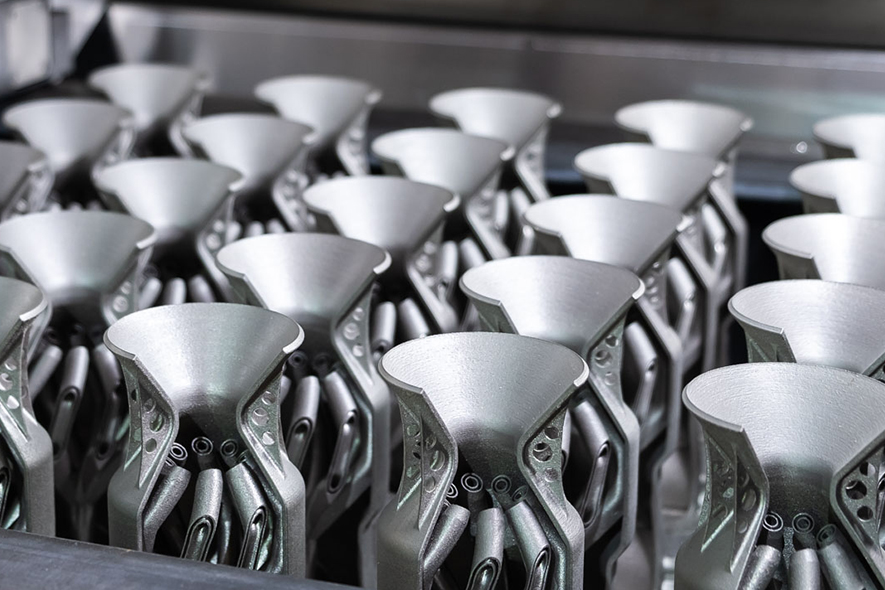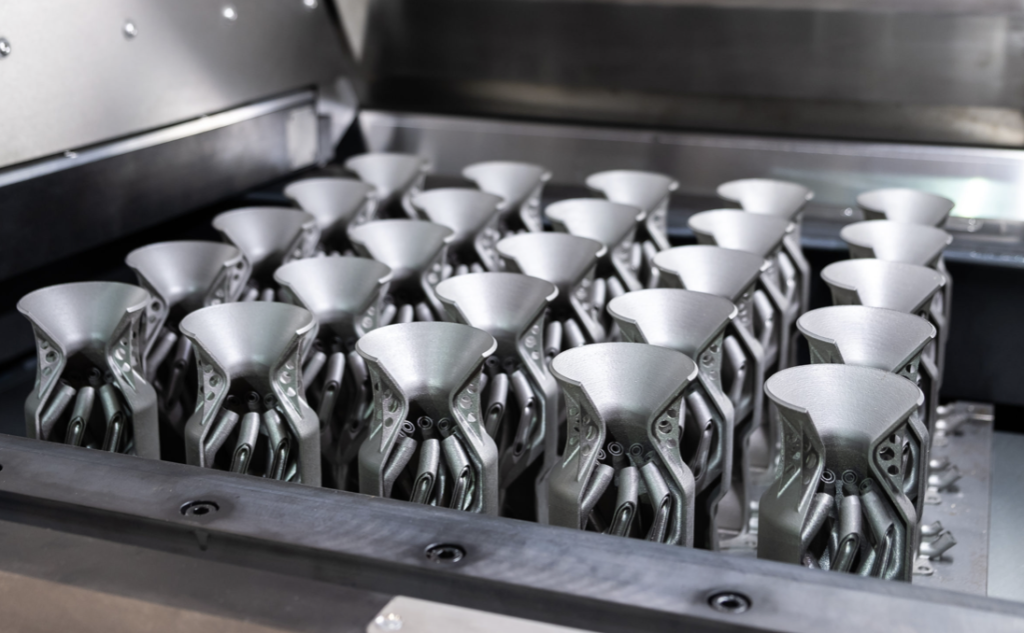Sigma Labs, Inc. makes PrintRite3D, an in-process quality assurance (QA) monitoring suite of software used with metal powder bed fusion (PBF). The solution allows users to track and find errors, monitor processes, investigate problems and improve QA. For processes where traceability is paramount or in order to improve excellence, QA software is an essential component. Now, PrintRite3D can be used for polymer laser PBF systems, in addition to metal.

The company touts the ability of its real-time, in-process QA to convert emissions from selective laser sintering (SLS) into data that users can monitor in order to quickly pick out defects and anomalies. Sigma Labs CEO Mark Ruport relayed:
“PrintRite3D in-process quality assurance system now provides a consistent way to monitor production real-time across 3D printers from different manufacturers, supporting different processes, and now multiple types of materials. Sigma Labs believes this breakthrough will enable large global manufacturers to manage the quality and consistency of parts manufactured in-house, by contract manufacturers, and throughout their supply chain. Although at this stage the size of the market opportunity for Sigma is difficult to quantify, the initial order for two PrintRite3D systems is a fantastic first step into the polymer segment of the market and demonstrates the need to ensure the quality and consistency of 3D printed parts.
QA software may seem super boring, but it is an essential part of any kind of forward momentum for our industry. We need to trace and track every part throughout the manufacturing process. We need to know when it was made, how and with what batch of material, what software was used, who the operator was, and much, much more. With Sigma’s in-process QA, 3D printers become less of a black box and errors can be found sooner. This means that back-up builds can be planned more quickly, corrections can be found, issues can be tracked and problems can be mitigated.

It also means that you can find out where quality bottlenecks are and what you should be tackling first. Is it a design problem? Or is it a setting? The condition of the material? Or is it an operator? What exactly is happening inside our machine? What is happening inside of our part? What kind of distortions are there in our component? What metrics should we have and track? What should our internal goals and KPIs be? All of these things can be done with Sigma.
Precious few businesses are using QA software and I think that many think of it as something that you may want to have once you actually perform production. But, similar to Riven, Sigma can be used to help you iterate, improve, and scale-up towards production, as well. By providing you with insight into your process, parameters, and parts Sigma can let you understand how to industrialize AM and what the obstacles are to making this happen.
I do think that another important part of this equation is to work with a manufacturing execution system (MES) such as Authentise, 3YOURMIND, Link3D or Bassetti. But, whereas we now have a selection of MES software solutions to choose from, there has been precious little attention paid to in-process monitoring by OEMs and end-users. In contrast to metals, polymer sintering just works and is much easier to tame. Parts come out the first time and generally machines are easy to use. But, even in the polymer space, companies could accelerate their implementation of 3D printing if they paid more attention to QA and Sigma Labs.
Subscribe to Our Email Newsletter
Stay up-to-date on all the latest news from the 3D printing industry and receive information and offers from third party vendors.
You May Also Like
Precision at the Microscale: UK Researchers Advance Medical Devices with BMF’s 3D Printing Tech
University of Nottingham researchers are using Boston Micro Fabrication‘s (BMF) 3D printing technology to develop medical devices that improve compatibility with human tissue. Funded by a UK grant, this project...
3D Printing Webinar and Event Roundup: April 21, 2024
It’s another busy week of webinars and events, starting with Hannover Messe in Germany and continuing with Metalcasting Congress, Chinaplas, TechBlick’s Innovation Festival, and more. Stratasys continues its advanced training...
3D Printing Webinar and Event Roundup: March 17, 2024
It’s another busy week of webinars and events, including SALMED 2024 and AM Forum in Berlin. Stratasys continues its in-person training and is offering two webinars, ASTM is holding a...
3D Printed Micro Antenna is 15% Smaller and 6X Lighter
Horizon Microtechnologies has achieved success in creating a high-frequency D-Band horn antenna through micro 3D printing. However, this achievement did not rely solely on 3D printing; it involved a combination...





























